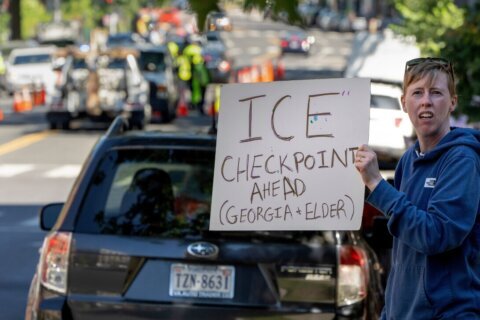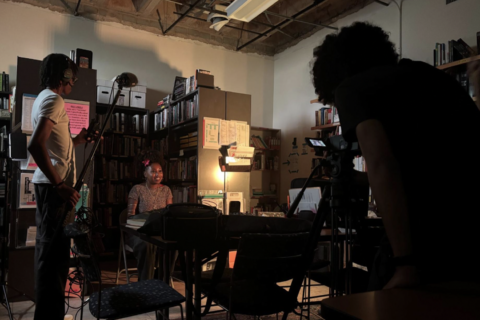Paul Public Charter School in Northwest D.C. will again offer “Virtual Friday” programming to middle and high school students in the upcoming school year.
The school piloted the weekly virtual option in the 2022-23 school year, and said many families found that it benefited their students. It includes either synchronous or asynchronous learning opportunities.
During its meeting last month, the D.C. Public Charter School Board approved the school’s request to make “Virtual Fridays” permanent. According to the school’s plan for last year, the virtual option for sixth through 12th graders starts at 8 a.m. and ends at 1:30 p.m.
While most students across the D.C. region have returned to physical classrooms since the peak of the pandemic, many counties have programs for students to learn virtually.
The move to offer virtual opportunities on Fridays for the upcoming school year comes as the school sees record enrollment. At the board meeting, CEO Tracy Wright said the campus has 771 students who are fully enrolled, “which is the highest number that we’ve had in the history of our existence.”
“It speaks to not just the support of our overall organization, but also an added element of buy-in to this type of innovative programming,” Wright said.
About 72% of families who responded to a survey in May said they agreed or strongly agreed that the virtual Friday model benefited their student. Thirteen percent of families had concerns, ranging from questions about internet reliability to student focus.
More than two-thirds of teachers indicated virtual Fridays are meeting the school’s focus of “deepening and accelerating student learning,” according to a document shared with the charter school board.
During the virtual days, students either participate in synchronous programming, such as counseling groups, specialized clubs and SAT or AP credit groups, or asynchronous programming, which gives students the chance to practice skills or participate in grade or credit recovery.
Students can either participate in the virtual days from home or from the school building, and Wright said last year that they allow for small-group instruction and field trips.
The virtual days, according to school board documents, allowed for staff collaboration and planning time. However, according to the documents, coordination and progress monitoring of students in groups was challenging, as was reacclimating students to virtual learning.








